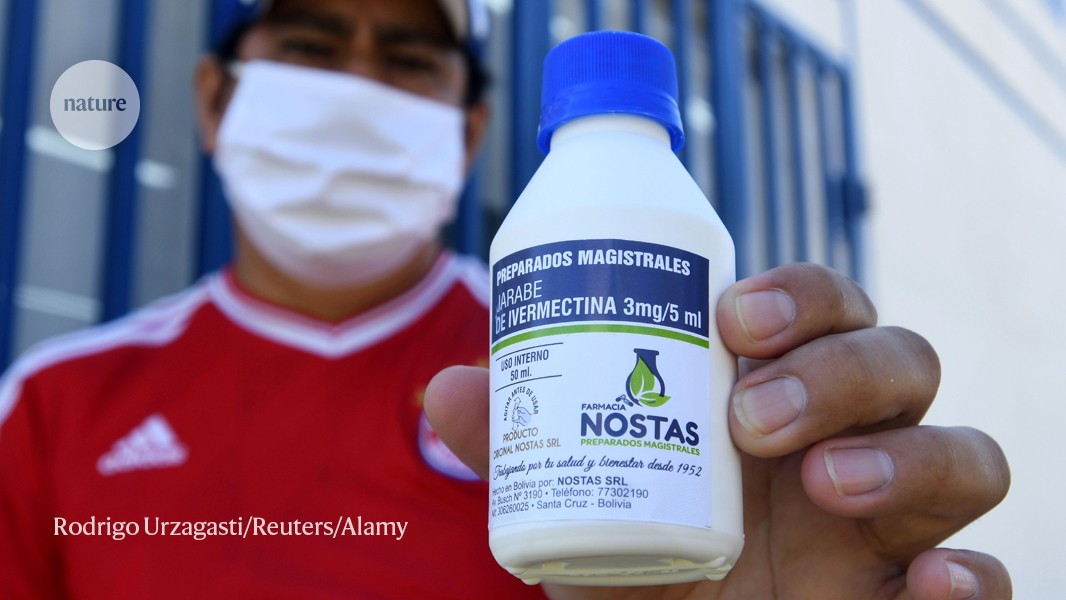My eldest was in the second day after 12-16 was approved. Some friends were hold outs the first week. Until they determined they would be left out of everything. The vaccinated kids plan was to ONLY hang out with other vaccinated kids. The hold outs flipped and got vaccinated immediately.Your youngest and my oldest should meet. Typically afraid of needles, he opted to be late to school and join the walk in clinic the morning after 12+ authorization (he was newly 13 at the time). I'm sure the county's $50 incentive helped calm his fear, but we were proud parents that day. And he's done more to convince his circle of friends to get the shot than we could have hoped.
No official vaccine passports. Just a culture of either you're vaccinated or we want nothing to do with you. There were just to many restrictions to deal with to hang out with an unvaccinated person they were ready to drop once everyone was vaccinated. FOMO is a huge driver.





